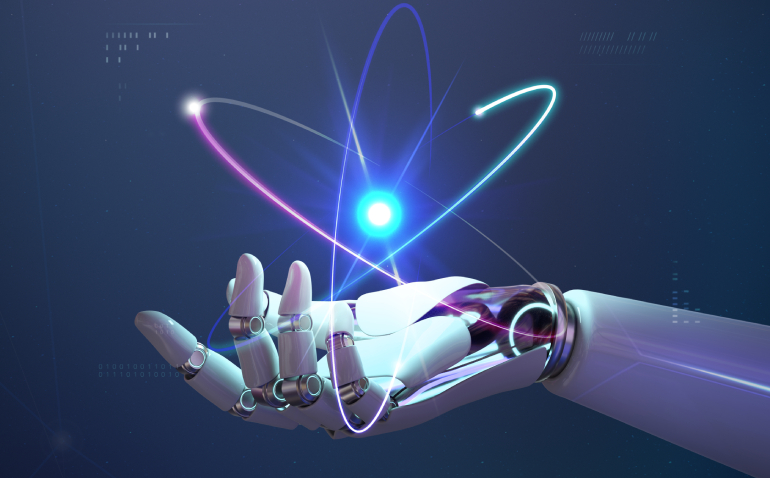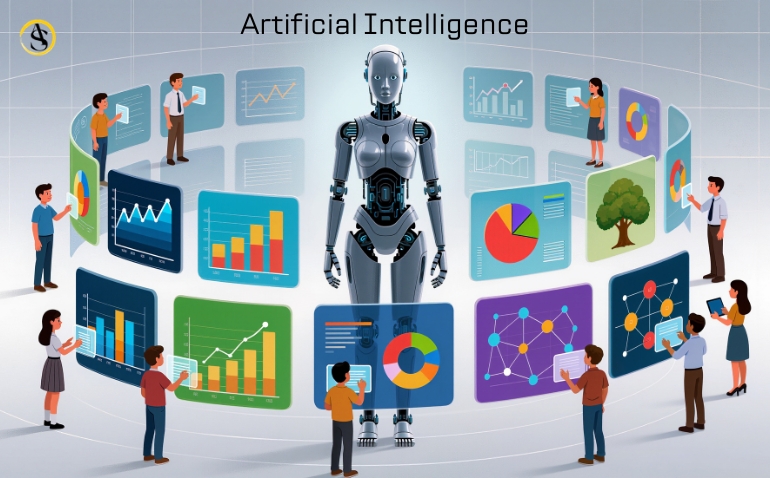1. Overview of Python
2. Why Python? – The Philosophy Behind It
3. Key Features of Python
4. Advantages of Python
5. Limitations of Python
6. Python Versions
7. Python Applications
8. Setting Up Python Environment
9. Running Python Programs
10. First Python Program
11. Career Impact of Python
1. Introduction
2. if-elif-else Statement
3. for Loop
4. while Loop
5. break Statement
6. continue Statement
7. If Statement
8. If-Else Statement
9. Elif (If–Else If Ladder)
10. For Loop
11. While Loop
1. What is a data structure?
2. Why learn Python data structures?
3. Quick summary table
4. Summary notes
5. A. LIST — ordered, mutable sequence Description & use-cases
6. Common methods
7. Time complexity (typical)
8. Examples + outputs
9. Flowchart (conceptual) — list operations ASCII
10. Mermaid (paste into Mermaid-enabled viewer)
11. B. TUPLE — ordered, immutable sequence Description & use-cases
12. Methods & operations
13. Time complexity
14. Examples + outputs
15. Flowchart (conceptual) ASCII
16. Mermaid
17. C. SET — unordered collection of unique elements Description & use-cases
18. Methods & operations
19. Time complexity
20. Examples + outputs
21. Flowchart ASCII
22. Mermaid
23. D. DICTIONARY — key → value mapping Description & use-cases
24. Methods & operations
25. Time complexity
26. Examples + outputs
27. Flowchart ASCII
28. Mermaid
29. E. STRING — immutable sequence of characters (text) Description & use-cases
30. Methods & operations
31. Examples + outputs
32. Flowchart (common operation: split & join) ASCII
33. Mermaid
34. Comparison & decision guidance When to use which:
35. Big-picture decision flow (Mermaid)
36. Real-world case studies (detailed) Case Study 1 — E-commerce cart & product index
37. Sketch
38. Why these choices?
39. Case Study 2 — Log processing & unique IPs
40. Case Study 3 — NLP tokenization pipeline
41. Illustrations you can render (Mermaid + ASCII already provided)
42. Example exercises (practice) — with quick answers Exercise 1 (lists)
43. Exercise 2 (dict)
44. Exercise 3 (set)
45. Exercise 4 (tuple)
46. Exercise 5 (string)
47. Reference time-complexity table (detailed)
48. Final notes, best practices & pitfalls
1. Introduction
2. File Operations
3. Modes of File Handling
4. File Methods
5. . Illustrations A. Writing to a File
6. B. Reading from a File
7. C. Reading Line by Line
8. D. Using with open()
9. E. Append Mode
10. File Handling with Binary Files (Images, etc.)
11. Exception Handling in File Handling
12. Practice Questions with Solutions
1. Functions in Python
2. Modules in Python
3. Functions + Modules in a Machine Learning Workflow
4. Real-World Analogy
5. Industry Use of Functions + Modules in ML
1. Object-Oriented Programming (OOP)
2. OOP in Python
3. Key OOP Concepts (with Python Examples)
4. OOP in Machine Learning
5. OOP vs Non-OOP in ML
6. Real-World Applications of OOP in ML
7. Visualization (Flow of OOP in ML)
8. Advantages of OOP in ML
9. Class for Dataset Handling
10. Implement a Custom Classifier
11. Encapsulation in ML
12. Inheritance with Models
13. Simple Neural Network using OOP
14. Explain how OOP helps in ML frameworks like Scikit-learn and PyTorch.
1. What is Web Scraping?
2. How Does Web Scraping Work?
3. Libraries Used in Web Scraping
4. Anatomy of a Web Page (HTML Basics)
5. Writing Your First Scraper in Python
6. Storing Scraped Data (CSV Example)
7. Scraping Dynamic Websites (JavaScript Pages)
8. Best Practices for Web Scraping
9. Practice Exercises (Beginner Level)
10. Real-Life Applications of Web Scraping
1. Introduction to Database Operations in Python
2. Why Use Python for Database Operations?
3. Common Python Database Libraries
4. Basic Workflow of Database Operations in Python
5. SQLite Example in Python
6. Best Practices
7. Real-World Use Cases
8. Comparison of Databases in Python
9. Flowchart of Database Operation in Python
1. Introduction
2. Why Use Python for Automation?
3. Areas Where Python Helps in Automation
4. Examples of Automation with Python
5. Workflow of Python Automation
6. Best Practices for Automation
7. Real-World Examples
8. Summary
1. Introduction
2. Why Python for Machine Learning?
3. Key Python Libraries for ML
4. Machine Learning Workflow in Python
5. Types of Machine Learning
6. Example: Predicting Student Performance
7. Real-World Applications of ML with Python
8. Advantages of Using Python in ML
9. Challenges in Python ML
1. What is Web Development?
2. Why Use Python for Web Development?
3. Popular Python Web Frameworks
4. Anatomy of a Python Web Application
5. Database Integration in Python
6. . Templates & Dynamic Content
7. Security & Authentication
8. REST APIs with Python
9. Deployment of Python Web Apps
10. Example Beginner Projects
11. Advantages of Python Web Development
12. Limitations
13. Roadmap for Beginners
1. Advanced Python Concepts – Detailed Description
2. Decorators
3. Generators & Iterators
4. Context Managers
5. Metaclasses
6. Closures
7. Multithreading & Multiprocessing
8. Asynchronous Programming (async/await)
9. Descriptors
10. Memory Management & Garbage Collection
11. Advanced Data Structures
12. Functional Programming Features
13. Unit Testing & Mocking
14. Real-World Applications of Advanced Python
1. Debugging and Testing in Python
2. Understanding Debugging
3. Testing in Python
4. Python Testing Tools
5. Best Practices in Debugging and Testing
6. Real-World Applications
Take your first step into the world of artificial intelligence with our Python with Machine Learning course. Designed for learners of all levels, this course covers everything from the basics of Python programming to the advanced implementation of machine learning algorithms. With practical projects and industry-relevant skills, you’ll be prepared to solve real-world challenges and enhance your career prospects.
What You’ll Learn
- Python Fundamentals: Learn the core concepts of Python programming, including syntax, loops, and functions.
- Data Analysis: Master data preprocessing, data cleaning, and visualization techniques using libraries like Pandas, NumPy, and Seaborn.
- Machine Learning Techniques: Understand supervised and unsupervised machine learning algorithms like regression, decision trees, and clustering.
- Real-world Applications: Build models for real-world use cases, including image recognition, sentiment analysis, and recommendation systems.
Course Highlights
- Hands-on projects to apply machine learning techniques.
- Practical training in libraries like Scikit-learn, TensorFlow, and Keras.
- Step-by-step guidance on implementing machine learning models.
- Access to course materials anytime, anywhere.
- Certification upon course completion.
Key Benefits
- In-demand Skills: Learn the most sought-after skills in Python and machine learning.
- Career Growth: Prepare for roles like Data Analyst, Machine Learning Engineer, or AI Developer.
- Comprehensive Training: From data preprocessing to advanced algorithms, gain a complete understanding of machine learning techniques.
- Practical Knowledge: Solve real-world problems through hands-on projects and assignments.
0
Customer Reviews
Be the first to comment
Related Courses















